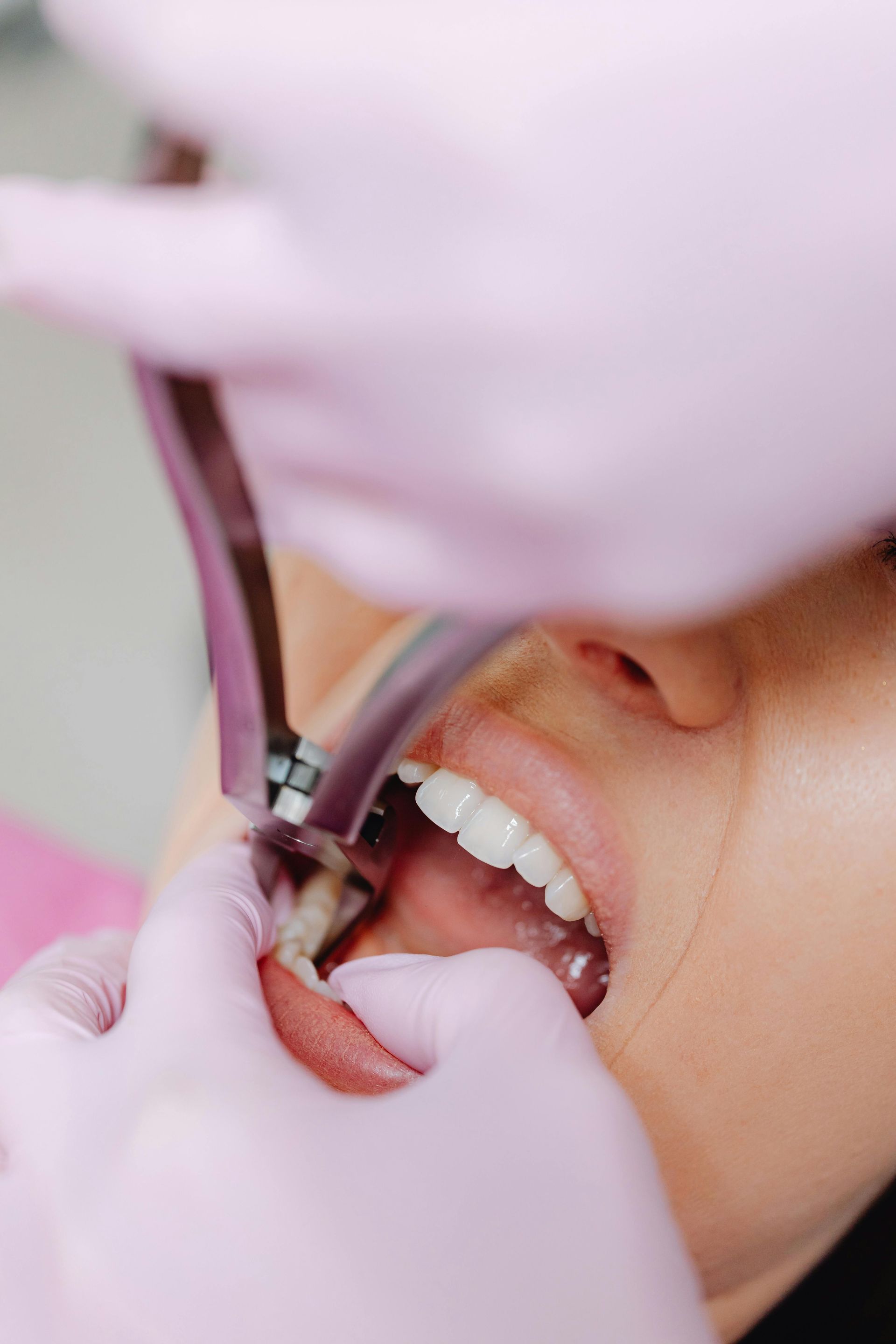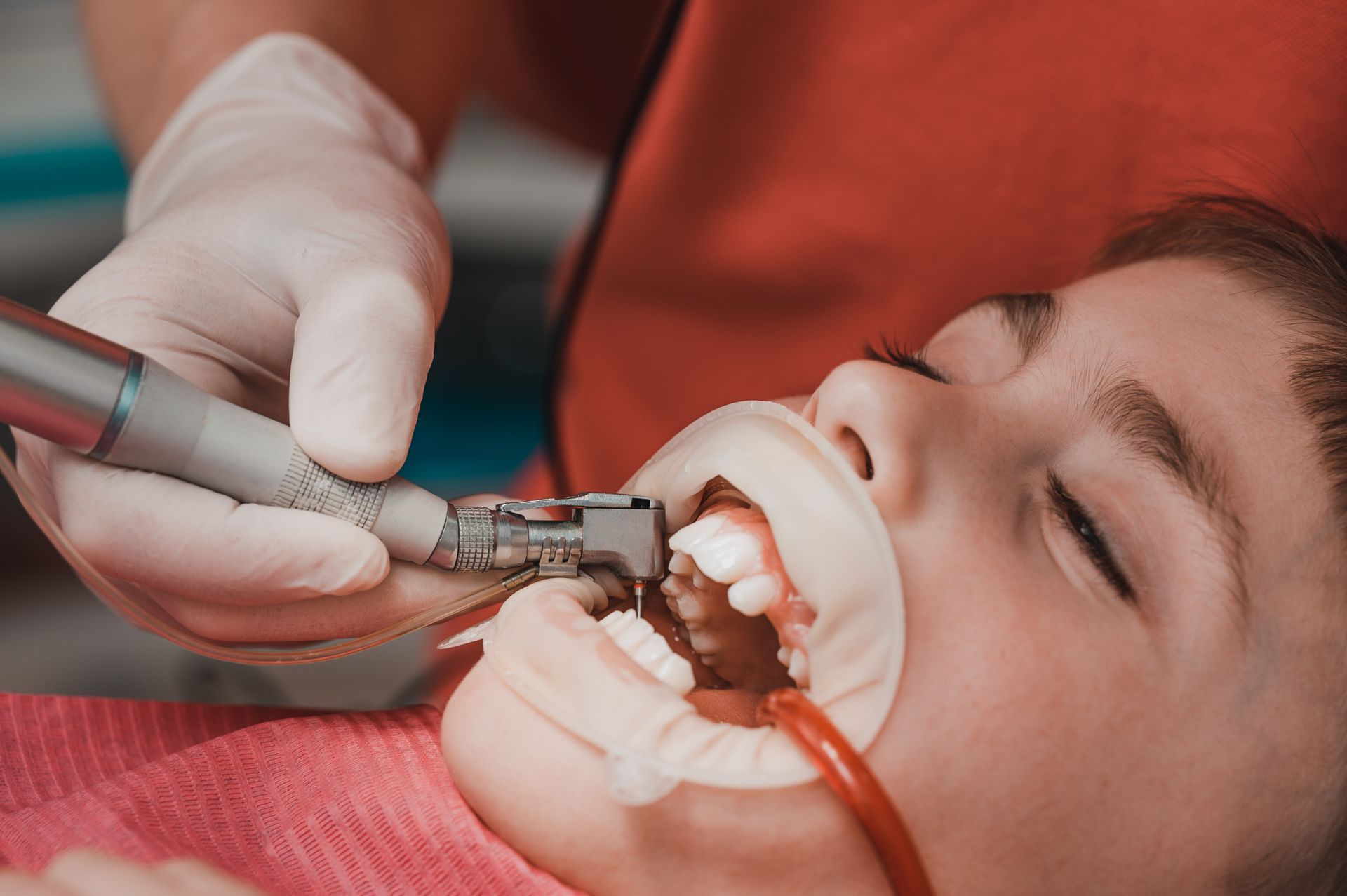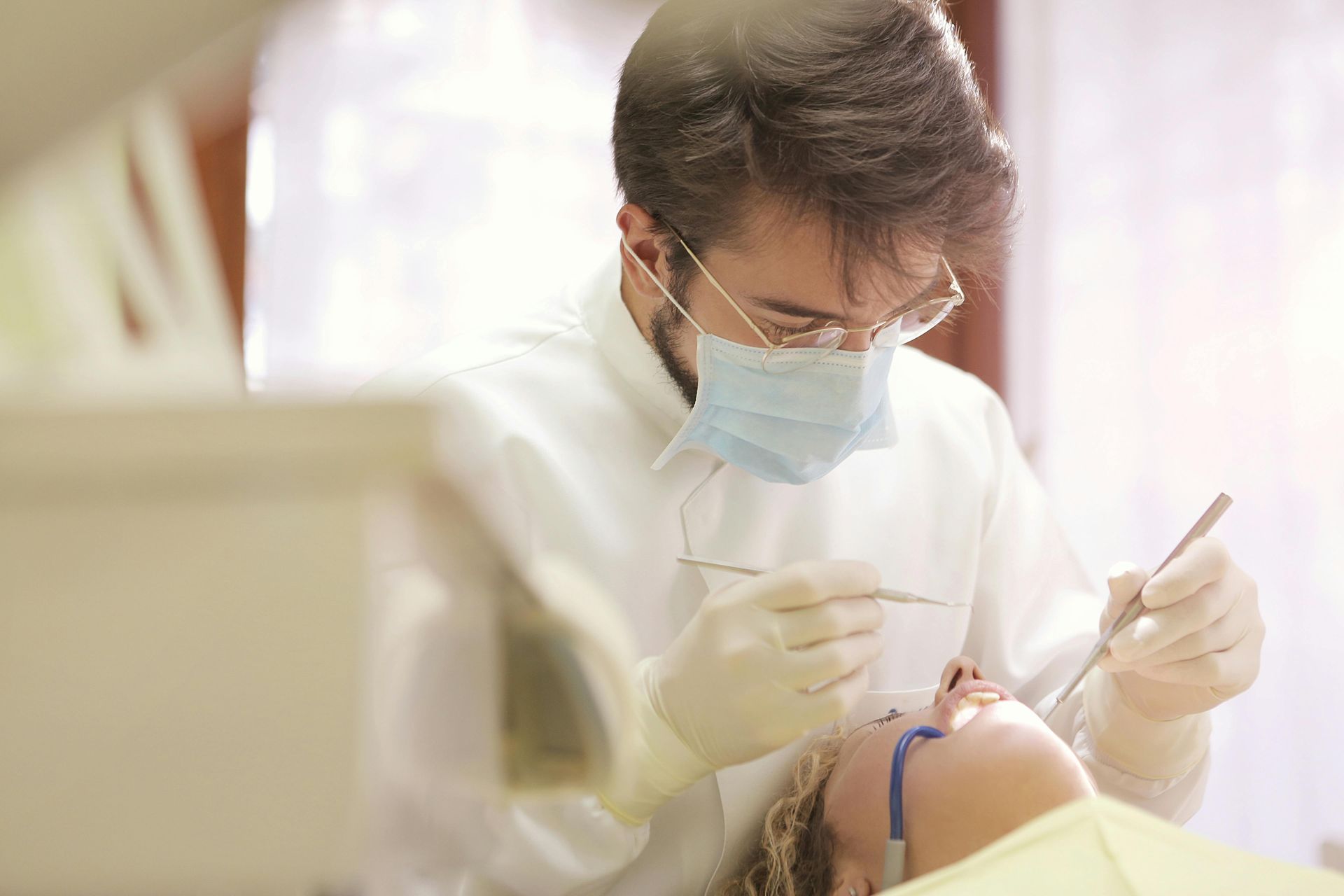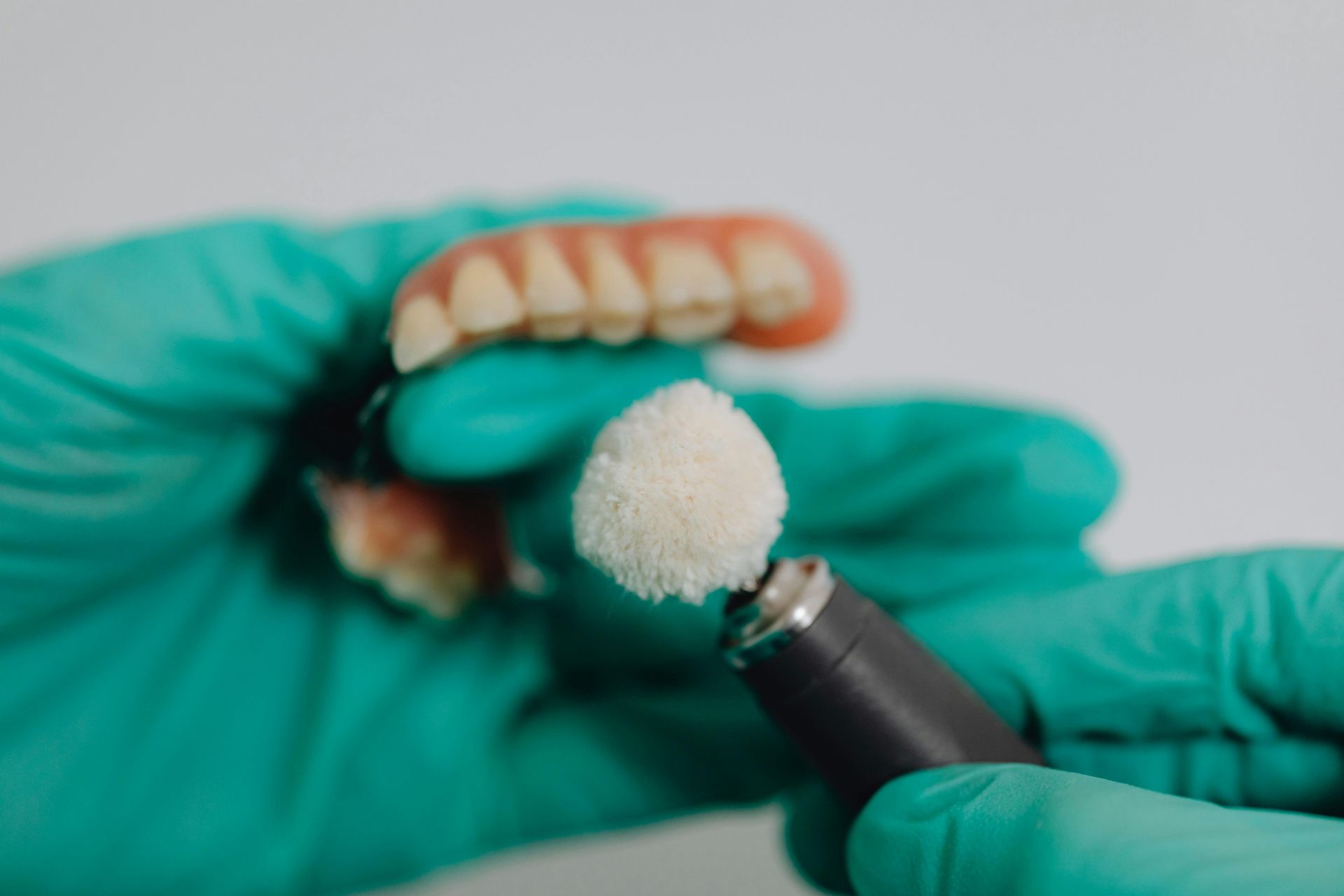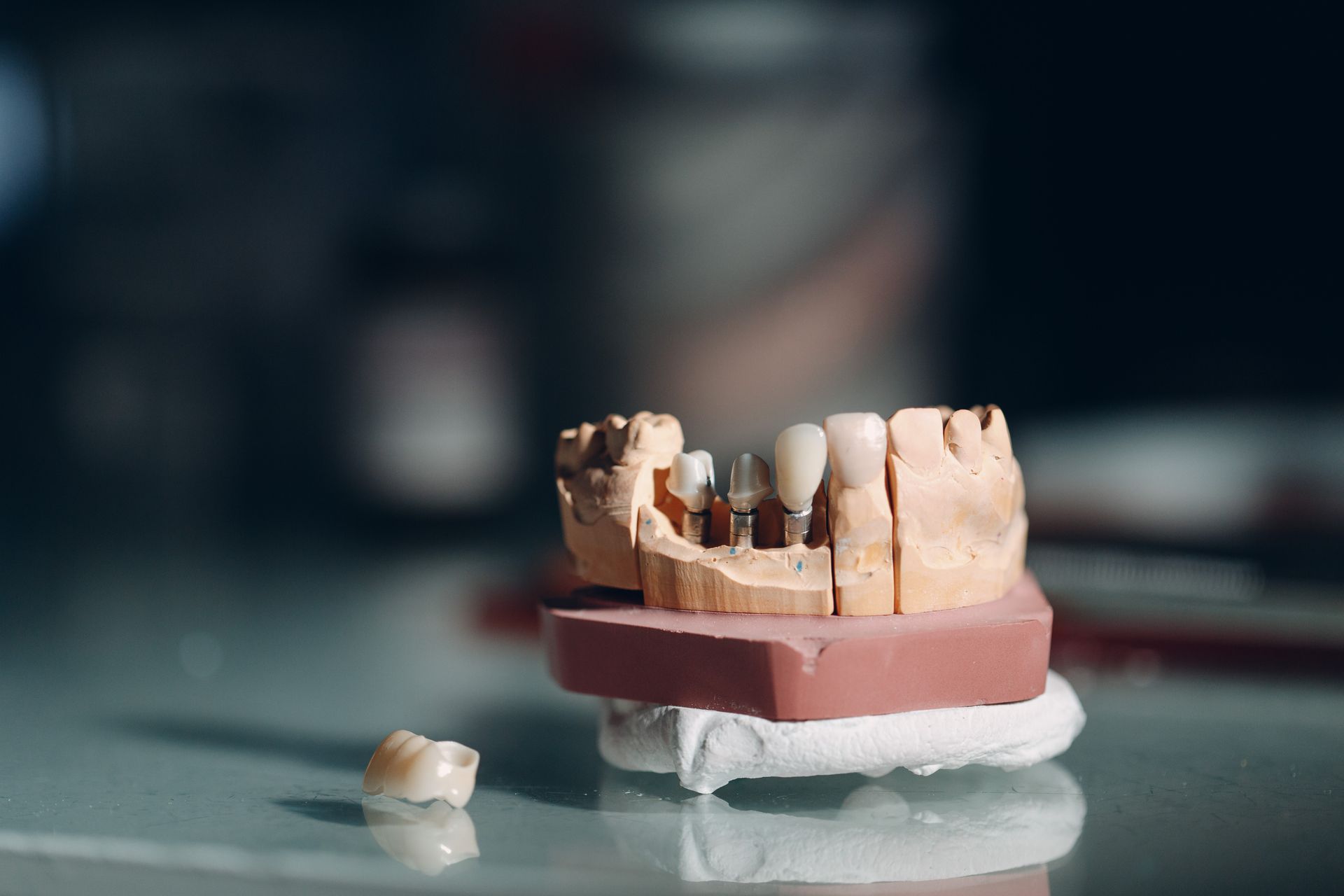The Recovery Process: What to Do After a Root Canal
A root canal is a well-known dental procedure designed to save a tooth suffering from severe decay or infection. While the procedure itself can be relatively straightforward, the recovery period that follows is crucial for ensuring that your tooth heals properly and that you avoid any complications. At Frankford Dental Group, we understand that navigating post-procedure care can be challenging. That's why we’ve put together this comprehensive guide to help you manage your recovery effectively. Here’s what you need to know to ensure a smooth and successful recovery after your root canal.
1. Immediate Post-Procedure Care
Immediately following your root canal, it's common to experience some level of discomfort, swelling, or sensitivity as your body begins its healing process. These reactions are typically temporary, but they do require careful management to ensure they don’t impede your recovery.
- Rest: Giving your body ample time to rest is essential in the first 24 hours post-procedure. Avoid any strenuous physical activities that could disrupt the healing process or exacerbate discomfort. Resting helps your body focus its energy on healing the treated area.
- Pain Management: Over-the-counter pain relievers, such as ibuprofen or acetaminophen, can be effective in managing any discomfort you might experience. Be sure to follow the dosage instructions provided on the packaging and consult with your dentist if you have any concerns about the medication.
- Cold Compress: Applying a cold compress to your face near the treated area can help reduce swelling and numb any pain. Use the compress for 15-20 minutes at a time, with breaks in between to prevent skin irritation.
2. Dietary Recommendations
What you eat and drink can significantly impact your recovery following a root canal. Adhering to specific dietary recommendations can help you avoid aggravating the treated area and promote healing.
- Soft Foods: For the first few days, focus on consuming soft foods like yogurt, applesauce, mashed potatoes, and soups. These foods are gentle on the treated area and less likely to cause discomfort compared to harder, more textured foods.
- Avoid Hard or Sticky Foods: It’s best to avoid hard or sticky foods, such as nuts, popcorn, or caramel, as they can put unnecessary pressure on the treated tooth or cause discomfort. These foods can also increase the risk of damaging the tooth or dislodging any temporary fillings.
- Hydration: Staying well-hydrated is important for overall health, but be mindful of consuming extremely hot or cold beverages immediately after the procedure, as they can cause discomfort or sensitivity in the treated area.
3. Oral Hygiene and Care
Maintaining proper oral hygiene is crucial to ensure the treated area remains free from infection and heals properly. Here’s how to care for your teeth and gums during recovery:
- Brushing: Continue brushing your teeth as usual, but be gentle around the treated area. Using a soft-bristled toothbrush can help prevent irritation and ensure you’re still keeping the area clean without causing further discomfort.
- Flossing: While it's important to continue flossing daily, you may need to be cautious around the area of the root canal. If you’re unsure about how to floss properly, consult with your dentist for guidance to avoid any damage or irritation.
- Rinse with Salt Water: Rinsing with a warm salt water solution can be beneficial for keeping the area clean and reducing inflammation. Mix about half a teaspoon of salt in a cup of warm water and use it to rinse your mouth several times a day, especially after meals.
4. Follow-Up Appointments
Following a root canal, it’s essential to attend all follow-up appointments with your dentist to ensure that your tooth is healing correctly and to discuss any necessary restorations.
- Schedule Your Follow-Up: Your dentist will schedule a follow-up visit to check the progress of your recovery and address any concerns you may have. It's important to keep these appointments to ensure your tooth heals properly and to monitor for any potential issues.
- Discuss Restoration Options: Depending on the extent of the procedure and the condition of your tooth, your dentist may recommend a crown or other type of restoration to protect and strengthen the tooth. This is typically discussed during your follow-up appointment.
5. Recognizing Complications
While most recoveries from a root canal are smooth, being aware of potential complications can help you address any issues promptly.
- Severe Pain: If you experience severe or persistent pain that doesn’t improve with over-the-counter medication, it’s important to contact your dentist. This could indicate an infection or other issue requiring professional attention.
- Persistent Swelling: Mild swelling is a normal part of the healing process, but if you notice persistent or worsening swelling, seek advice from your dentist. It could be a sign of an infection or other complication.
- Fever: A fever following a root canal can be a sign of infection. If you develop a fever or experience other symptoms of infection, such as chills or redness around the treated area, contact your dentist immediately.
Bounce Back Better: Tips for a Smooth Recovery
Recovering from a root canal doesn’t have to be stressful if you follow the right steps and listen to your body. By adhering to these post-procedure care tips and staying in communication with Frankford Dental Group, you can ensure a successful recovery and maintain your oral health. Frankford Dental Group also offers exams & cleanings, deep cleanings, dental x-rays, pediatric dentistry, extractions, dental implants & all on 4, dentures, and Invisalign services. If you have any concerns or questions, don’t hesitate to reach out to us at (806) 587-5070. Your dental well-being is our top priority, and we’re here to support you every step of the way.
FAQs
Blog
